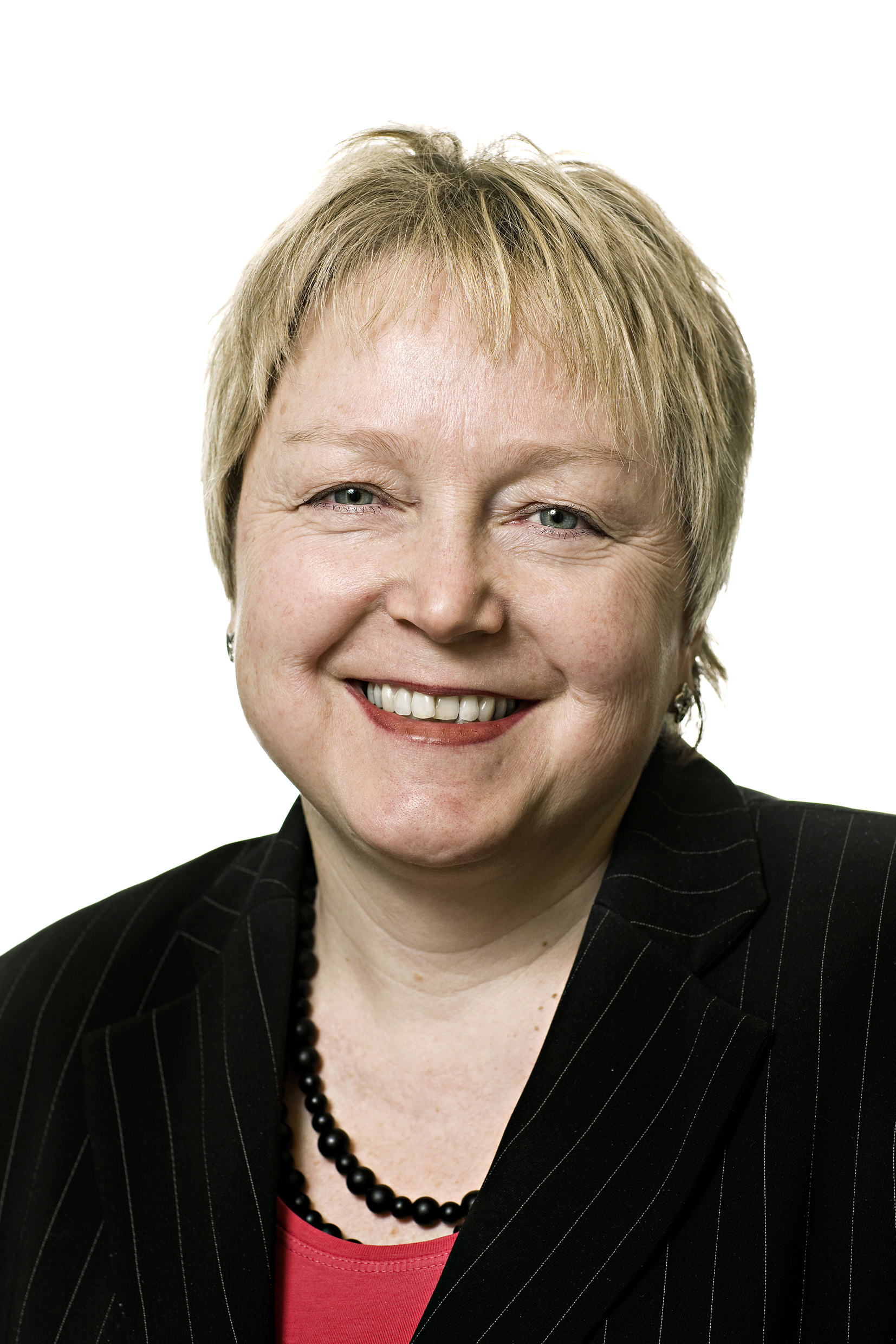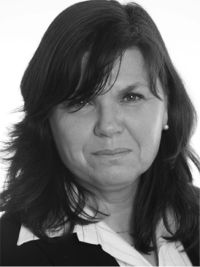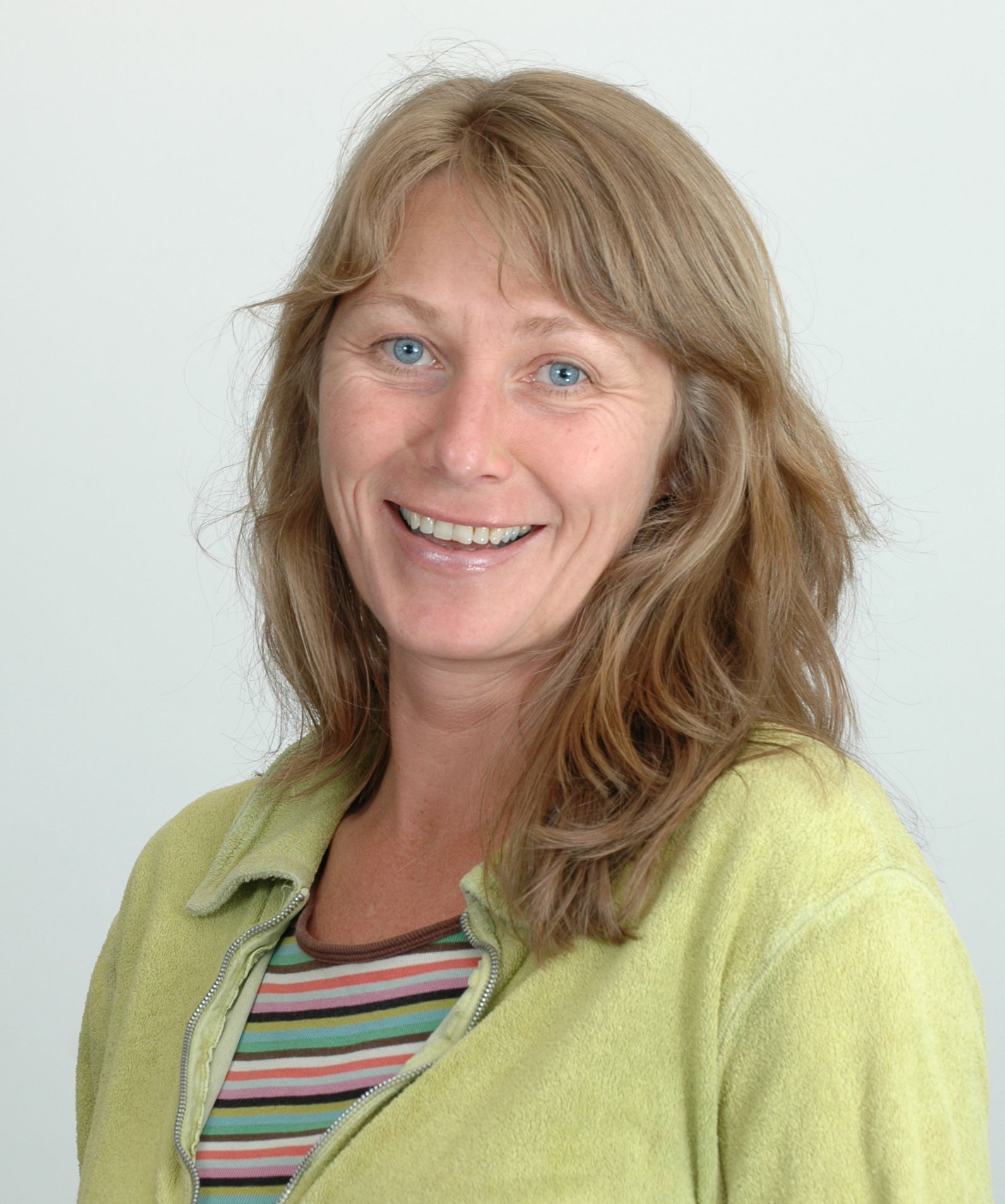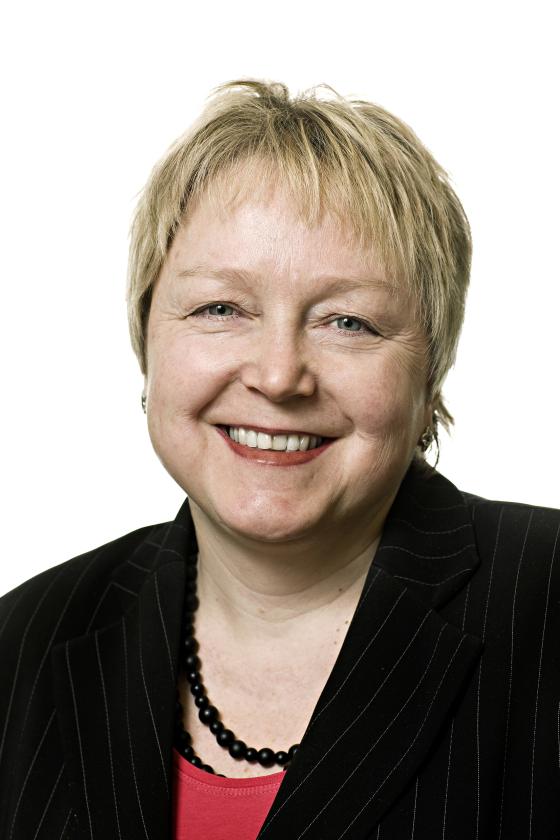Gender equality a leadership responsibility
This was the clear message from the CEO of the SINTEF Group, Unni Steinsmo, when she opened a conference on gender equality in the independent research institutes.

“As the leaders of SINTEF, we are responsible for our customers as well as for our scientific field, our employees and the quality of our operations. We are responsible for all of the Group’s activities, and gender equality is a part of this. We want to have a good working environment characterized by equality and diversity. Quite simply, gender equality is essential for SINTEF,” said Steinsmo. Although women comprise less than 25 percent of employees in the technical-industrial institutes, 32 percent of SINTEF employees are women.
The SINTEF Group, Scandinavia’s largest independent research organization, sells research-based knowledge and related services in the areas of technology, natural science, medicine and social science to Norwegian and international customers.
“Gender equality is crucial for quality and creativity. It also leads to greater diversity and satisfaction in the workplace. Of course, it is also a matter of fairness,” Steinsmo points out.
The conference on gender equality in the research institutes, held on Thursday, 29 October, was organized by the Committee for Mainstreaming – Women in Science (the Kif committee), the Norwegian Association of Research Institutes (FFA) and the Research Council of Norway. The current Kif committee was the first committee to be assigned the task of working with gender equality issues in the institute sector. This is also the first time that a national conference focusing on gender equality at the research institutes has been organized. At the conference, recent research in this field was presented and the participants discussed key challenges in making the sector more gender balanced.
“I hope that today’s meeting will not be the end but rather the beginning of a productive collaboration,” said Gerd Bjørhovde, chair of the Kif committee.
Fewest women at the highest level
Steinsmo emphasized the importance of focusing on the percentage of women when talking about gender equality.
“This is especially the case when we are recruiting to top-level scientific positions. This is where we face the greatest challenge. If we look at all the centres for excellence in research and innovation which SINTEF and NTNU are a part of, only two have female directors. This shows that it is essential to focus on percentages, because there are more highly skilled women out there,” she says.
“However there are still more men than women to choose among for these types of positions. This is why we need to implement measures to recruit more women as top-level researchers as quickly as possible. Then we need to focus on working environment and the daily challenges of two-career families,” Steinsmo continued. The CEO is not averse to using gender quotas either.
“The way the recruitment process works today, men are given preferential treatment in practice because they are often hired on the basis of acquaintanceships and the like. For this reason I support gender quotas, provided that the women selected are equally qualified. But I don’t think we should exceed the percentage of women that are present in our recruitment pool. By the same token, the number of women in the pool is increasing, and this needs to be reflected in the percentage of female employees,” she said.
“The top administration must pay attention to facts and figures, and focus on increasing the percentage of women, especially with regard to upper-level positions. We need to review the statistics and take action in weak areas. If the percentage of women is too low in an area, I as the leader should be clear about whether or not I have a good explanation for this situation,” she added.
Positive working environment
Steinsmo is pleased to report that SINTEF has reached its targets set in 1992: the percentage of female researchers corresponds to the percentage of women at relevant educational institutions and the number of women in leadership positions corresponds to the percentage of female researchers and engineers. SINTEF has also taken action to even out differences in wages between men and women.
“However, gender equality is more than just equal pay and the percentage of women. It is more than numbers. It has to do with how we work. Our achievements are determined primarily by the culture and our qualifications, by relationships and interactions, even structure and the formal organisation play a role. When I applied for my first job, I was asked if I planned to have children in the near future. It was obvious that answering ‘yes’ to that question would not have been well received. In contrast, when I was hired for the job I have now, I was pregnant in my third tri-semester and could not start work for eight months. I got the job anyway. In other words, it is a matter of the message sent by the workplace, about what adaptations we are willing to make and what we believe is positive,” said Steinsmo.

“Is it acceptable to stay home with a sick child? Is it acceptable to stop work for the day to pick up a child from day care? Managers need to look closely at the circumstances of the employee’s daily life when it comes to day care, leave of absence and flexibility in daily life. This is also important in terms of gender equality,” she explained.
Dedicated, skilled leadership
Eva Mark of the University of Gothenburg has years of experience in the area of gender equality and organisational development, both as a researcher and a practitioner. She believes that highly skilled managers are necessary for improving the gender balance at the institutes.
“Improving the gender balance at a male-dominated workplace requires large-scale, profound efforts to bring about change. This will meet resistance at all levels, and orders and adept leadership are then needed. It is no use trying to convince people that this is important and in everyone’s interest. It takes too long and does not produce any significant results. However, a good leader who wants to make changes will lead the flock in the right direction,” said Mark.
New handbook
To help achieve more gender-balanced workplaces, the Equality and Anti-discrimination Ombud (LDO) has published a handbook for the university and university college sector and the research institute sector. The handbook was launched at the conference.
“The handbook covers a wide area and is intended for all employees in the three sectors,” said Taran Knudstad of the LDO. It offers specific measures that can be used to achieve a more gender-balanced personnel policy.

“We inform the institutions about their obligations as an employer with regard to promoting gender equality and preventing discrimination. Employers are also required to describe their efforts in this area as well as the actual status of gender equality within their organizations. In the handbook we have also provided guidelines for how to prepare these reports. However, most of the handbook contains checklists for various aspects of personnel policy. These encompass much more than what is required under the law, and are intended to serve as recommendations and ideas for measures,” explained Knudstad. She encouraged her audience to make use of these to improve gender equality in the research institute sector.
“Perhaps gender equality has come so far that there is an understanding that women are both employees and caregivers. There is not the same acceptance for men who have to pick up their child at day care or stay home from work when their child is sick. It is essential that personnel policy applies to both genders,” Knudstad asserted.
Translated by Connie Stultz.
